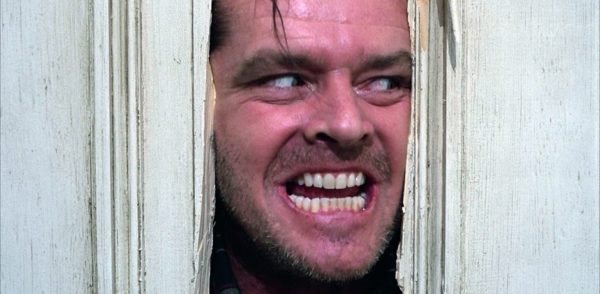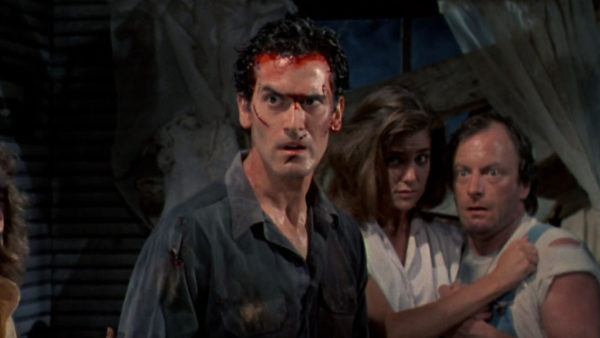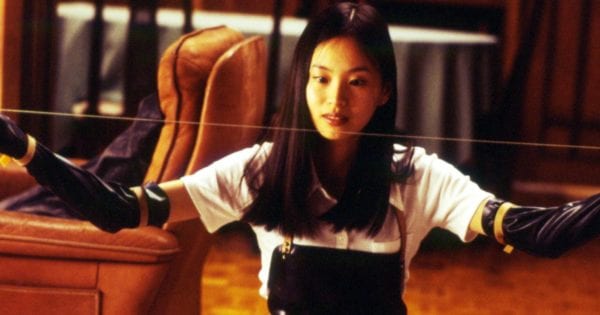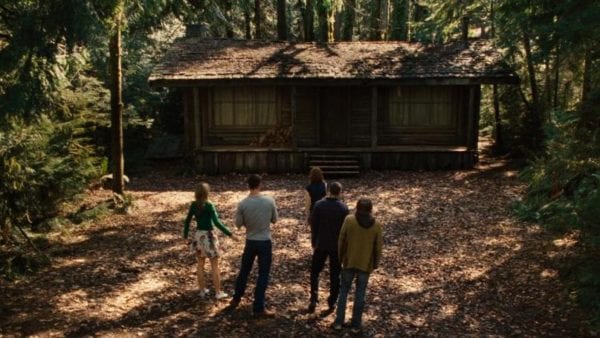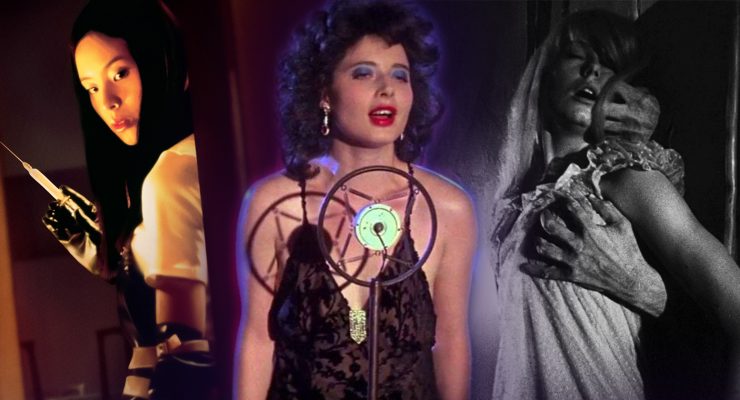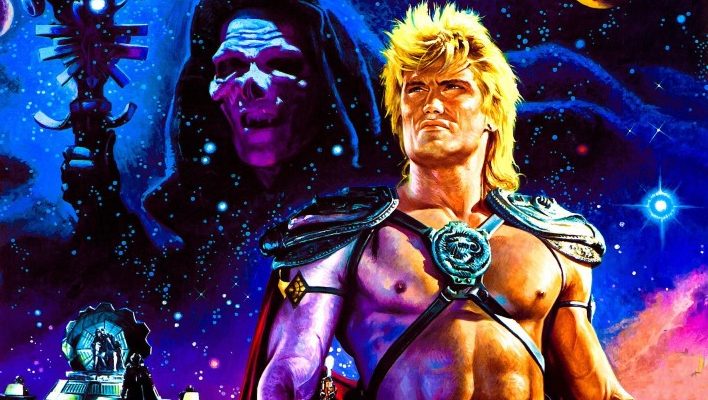EJ Moreno on the best horror movies in cinema history…
Horror is a film genre as old as the medium itself. Since the start of the cinemas, people have packed the seats in hopes of getting some chills and thrills. As a life-long fan of the genre, it’s essential to recognize the history of horror and see how we got to the point we are now with these types of films.
For this list, I want to take readers on a walk down the memory lane of scary movies. Each decade will have two entries, two vital films to the genre that make it as important as it is today. There will be no pre-requisites for the list other than the film needs to be horror and needs to have impacted the genre & industry as a whole.
The 1920s:
Nosferatu (1922)
This classic German vampire film is the absolute definition of impactful. German Expressionism played a significant part in the founding moments of horror, and Nosferatu was one of the early examples of that filmmaking style. Wild to think that this film was once destroyed over issues of copyright, nearly losing a staple in the industry forever. The copies that remained helped push this to legendary status, being a template for every vampire film to come after.
The Phantom of the Opera (1925)
What Lon Chaney did in this film started a revolution in horror that we still see today. With the importance of his special effect make-up to the anti-hero motifs, 1925’s Phantom is one of the single most influential films ever. This early Universal film became the backbone for that company, allowing them to take the ’30s by storm. And there’s not a soul alive that doesn’t remember the first time they saw the brilliant scare of seeing the Phantom’s face for the first time.
The 1930s:
Frankenstein (1931)
If Universal’s Phantom of the Opera kicked the door down for Universal Pictures, 1931’s Frankenstein burned the entire building down. There’s arguably no Universal Horror Monster more iconic than the doctor’s creation. The creature design and portrayal are so pivotal to the genre. Many also see this as one of the first movie franchises as well; the legacy of this film and its sequels will influence a pick later on in this list. Without a doubt, if you love horror, you love this James Whale film as well.
Freaks (1932)
Lovers of shocking cinema will know about Freaks. Hell, if you enjoyed the season of American Horror Story called Freak Show, you know about this iconic twisted tale. In 1932, moviegoers weren’t prepared for such a volatile little film like Freaks, a Tod Browning-directed film that makes his work on Dracula feel like kid’s stuff. It’s wild to think that the filmmakers got away with as much as they did in this film. That’s the beauty of crafting horror before the Hays Code.
The 1940s:
Cat People (1942)
Much like Freaks did to push the limits in 1932, Cat People sought out to do the same a decade later. The Jacques Tourneur-directed feature went on to shock viewers with its raw sexuality and impressive camera work, though it wasn’t as loved during its original run like it is now. The sign of a good horror film is standing the test of time; with how many people reference Nicholas Musuraca’s cinematography or a female empowerment message, it seems like Cat People does pass that test.
Abbott and Costello Meet Frankenstein (1948)
In many ways, we wouldn’t have the shared cinematic universes like the MCU without Abbott and Costello Meet Frankenstein. Funny as that sounds, this horror-comedy broke new ground in 1948, bringing together decades worth of characters under one roof. These types of crossover events became trendy after this film, and we still see it happening on TV and in the cinemas. In many ways, this Abbott and Costello concluded an era of Universal Pictures as well, since this was the last time we see the big three Monsters in this type of capacity.
The 1950s:
Godzilla (1954)
50’s horror deals with the fears of the public at the time, and nothing screams mid-century horror like giant nuclear monsters attacking the people. Godzilla impacts the genre more than just cooking up big scares; it’s also a kaiju film outside of King Kong that found its way to viewers. While Americans were dealing with their fears with big bugs and aliens from other countries, Godzilla showcased the actual dangers of nuclear war and how it hurt people directly affected by it.
House on Haunted Hill (1959)
William Castle turned horror into a fun, gimmick-filled romp during the ’50s, and nothing captures that like House on Haunted Hill. The director went out of his way to make horror movies fun, with theatre experiences like no other films at the time. With a budget of $200,000, the film went on to make over $1 million at the box office; success so impressive that the great director Alfred Hitchcock went on to copy a lot of motifs.
The 1960s:
Psycho (1960)
After seeing William Castle turn horror into box-office success, Hitchcock went on to continue to flip the genre on its head. Psycho is a beast in the industry, not only from its critical success to how the public received it. Horror went from cheap fun that you’d leave your kids at to something insanely personal & scary that shook a generation. From here on out, the genre wasn’t just cheap fun, but a way for society to reflect on itself.
Night of the Living Dead (1968)
With zombies making its way to movies, television, and video games, it’s easy to forget how the modern craze even began. Before Night of the Living Dead, there was no reanimated undead coming to eat your flesh; it was the voodoo tales of old. But George Romero changed that and low-budget horror fare forever. Romero would go on to make the mold for zombie tales, inspiring everything from Return of the Living Dead to The Walking Dead in the meantime. Also, giving horror a strong black protagonist like this wouldn’t be seen again for decades
The 1970s:
The Exorcist (1973)
Jaws scared people away from water in 1975, and Alien made space scarier than ever, but The Exorcist made a normal part of life terrifying. This religious horror film made a lasting impression of believers and non-believers alike, with its insanely chilling moments and stellar performances. The Exorcist started the ’70s horror trend of striking a nerve with its viewers, and its legacy of scares, sequels, and spin-offs prove such.
The Texas Chain Saw Massacre (1974)
Before Friday The 13th, before Halloween, and just beating out Black Christmas, Texas Chain Saw Massacre is the founding father of modern slashers. This extremely gritty film set up many tropes we still see to this day: the masked killer with a large weapon, the young cast getting killed off, and one girl to survive it all. Many credit Halloween as what kicked off slashers, and while it made more money than this 1974 film, it surely didn’t originate the formula. Texas Chainsaw Massacre deserves more respect, as we wouldn’t have the latter half of this list without this pioneer.
The 1980s:
The Shining (1980)
During the time of its release, The Shining wouldn’t be considered a must-see to many. Even to this day, this controversial film doesn’t sit well with every viewer. But if you look at the aftermath, the legacy of The Shining with its countless references in pop culture, and a big-budget sequel, it’s clear why this movie makes this list. The iconic Kubrick film is an experience every self-declared lover needs to see like this is required reading for a university class.
Evil Dead II (1987)
The love of splatter films dates back way earlier than Evil Dead II, with the first entry in 1981 predating this entry. Yet, it feels like splatter and wild gore became the fun, new thing after this 1987 horror-comedy. Director Sam Raimi found a way to make video nasties acceptable to people who would’ve normally ignored them. Adding that layer of fun to this film set Evil Dead II away from its gory peers, and allowed everyone, especially Bruce Campbell, to show off their great comedic chops. Countless others would try to match this level of gross fun, and few ever came close.
The 1990s:
Scream (1996)
In 1984, Wes Craven made slasher films his own with A Nightmare on Elm Street. A little more than a decade later, Craven would go on to reinvent the entire sub-genre and give it new life. Scream is a crucial moment in not only his career but horror as a whole. He brought life to a dying trend, making every film after feel the need to become a bit more self-aware. Wes Craven found a way to reward every fan for loving the genre.
Audition (1999)
Out of the countless directors named during this list, none are as prolific as Audition director Takashi Miike. With over 100 directing credits to his name as of today, Miike is a legend and a huge influence on horror lovers around the globe. What he did with Audition in 1999 is force extreme cinema to an unexpecting audience. The filmmaker used his polished filmmaking style to lure you into a false sense of comfortability and then ripped that from under you. A masterclass in slow-burning terror, Miike shaped the entire next decade with this piece.
The 2000s:
Saw (2004)
Horror fans in the early ’00s could not escape films with high amounts of gore. If it was the extreme Japanese cinema or the New Wave Extremism happening in France, the whole genre was getting gross. It seems like an early example of why it was so trendy was something like Saw, a small indie film that went to spawn eight sequels and countless imitations. Wild to think James Wan would then go on to use ghostly scary stories to change the course of the genre again.
Paranormal Activity (2007)
After the era of torture porn brought in by the previous entry, Paranormal Activity went on to move the interest of the genre in a whole new direction. Gone were the insane moments of gore, and replacing it was quiet moments of creepiness and insane amounts of atmosphere. Without 2007’s massive horror hit, the entire modern trend of haunted house horror would not exist. That’s not even mentioning how many found-footage copycats came after this entry. While it was far from the first, it showed the whole industry how cheap horror is more potent than a colossal blockbuster.
The 2010s:
The Cabin In The Woods (2011)
Just on this list alone, slashers have gone through a bit of an evolution. From the originals to the reinvention, the horror sub-genre hit a peak. Though it does seem like the final step was always a film like Cabin In The Woods. The movie is self-aware about being self-aware, truly where you’d expect to go after Craven’s Scream. With its well-placed humor, legit scares, and a real love of the genre, even a non-slasher fan feels a connection to this piece.
Get Out (2017)
Oscar-winning, genre-defying, and impactful to the genre more than most will understand, Get Out is a real moment in time for horror. Jordan Peele crashed head-first into feature filmmaking with this genre piece, and it’s crazy to think there was an era of modern horror before Peele’s influence. Not saying he’s the only one kicking ass as Eggers, Kent, Aster, and Kusama are all eating it up, but the former sketch comedy performer is a real force for horror. Even if he never follows up Get Out with anything as good, the power this had for black horror and the perception of the genre was forever changed in 2017.
Do you agree with this list? What horror films throughout time speak to you as a fan? Reach out on social media @FlickeringMyth…
EJ Moreno













